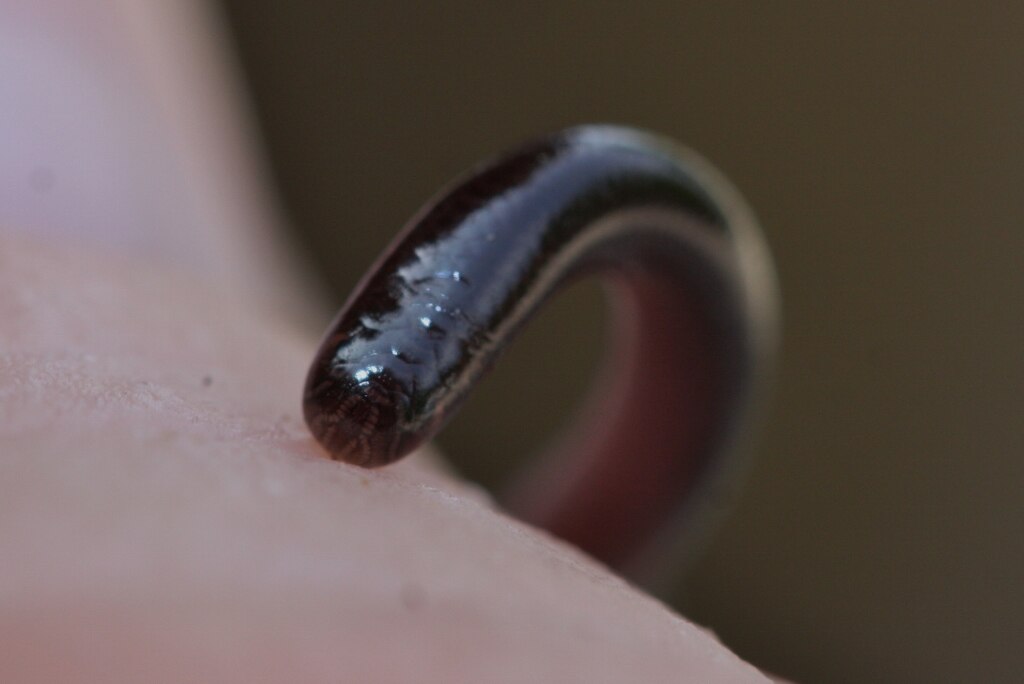Even when they’re not shedding, snakes can often be observed rubbing against various objects in their environment. This behavior, while sometimes misunderstood as random movement, actually serves multiple essential purposes in a snake’s life. From communication to environmental adaptation, this rubbing behavior represents sophisticated biological mechanisms that have evolved over millions of years. Understanding why snakes engage in this behavior outside of the shedding process provides valuable insights into these remarkable reptiles’ lives and offers important knowledge for both snake owners and wildlife enthusiasts.
Territorial Marking Behavior
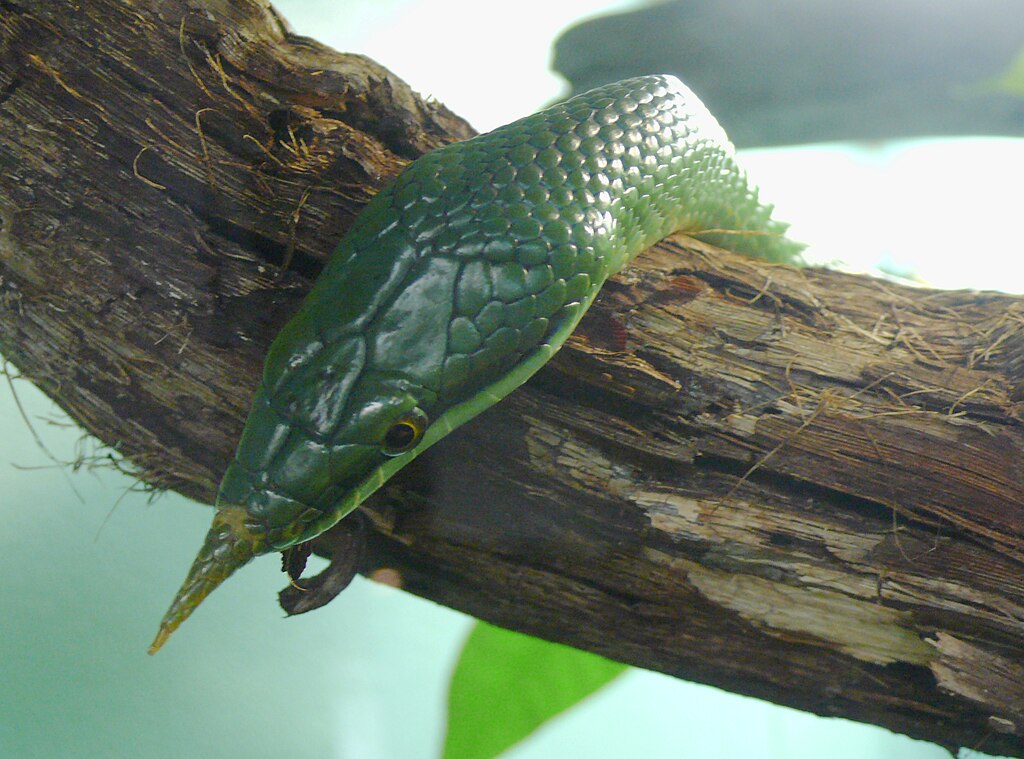
Snakes, like many other animals, use scent marking to establish territory in their natural environment. When a snake rubs against objects, it deposits microscopic particles from specialized glands located along its body. These chemical markers serve as olfactory signposts for other snakes, effectively communicating territorial boundaries. This behavior is particularly common among male snakes during breeding season, when territorial disputes might otherwise lead to dangerous physical confrontations. The scent markers contain complex chemical information about the snake’s species, sex, size, and reproductive status, allowing for sophisticated communication without direct interaction.
Scent Collection and Investigation
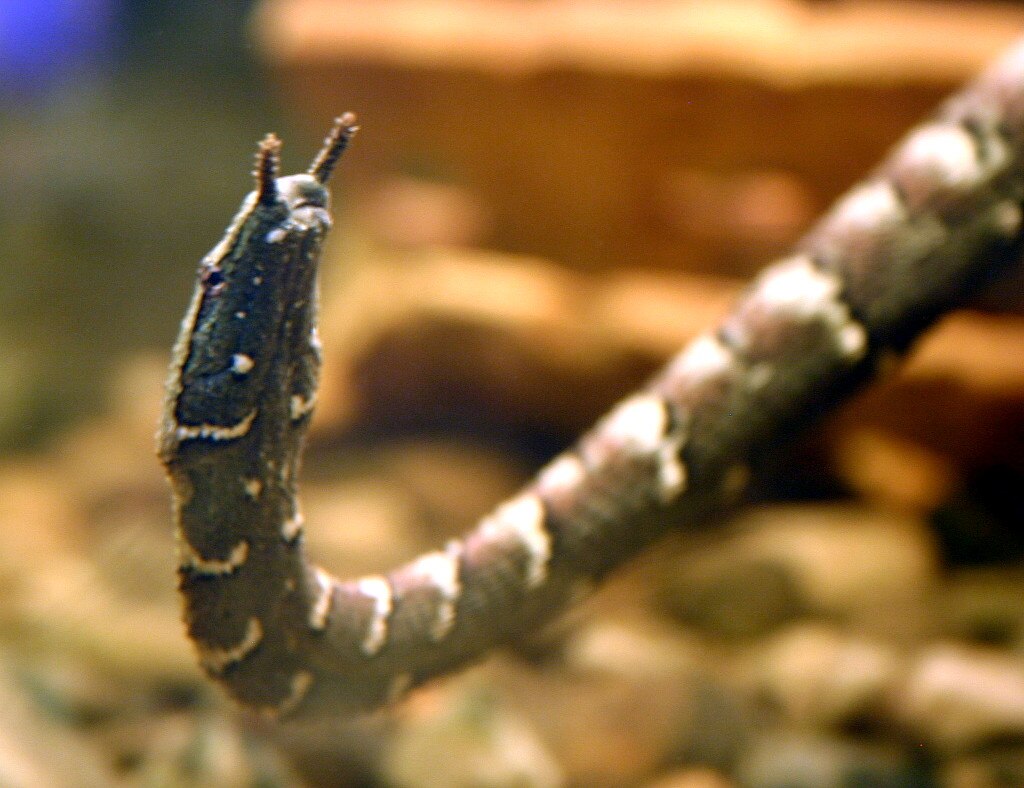
Snakes use rubbing as a method to collect environmental scents on their bodies, particularly on specialized scales. After rubbing against objects, they may transfer these collected scents to their vomeronasal organ (Jacobson’s organ) located in the roof of their mouth, which serves as a secondary olfactory system. This “sample collection” helps snakes gather critical information about their surroundings, including the presence of prey, predators, or potential mates. The behavior is essentially part of a snake’s sensory exploration of its environment, similar to how humans might use touch to investigate unfamiliar objects.
Physical Comfort and Itching Relief

Even when not actively shedding, snakes may experience minor skin irritations or discomfort that prompts rubbing behavior. These irritations can stem from microscopic parasites, minor injuries, or localized dryness on their scales. Captive snakes may also experience irritation from inappropriate substrate materials or environmental conditions that don’t match their natural habitat requirements. By rubbing against textured surfaces, snakes can alleviate these irritations much like humans might scratch an itch, demonstrating that this behavior often serves a simple comfort function rather than indicating a medical emergency.
Preparation for Micro-Shedding

While major sheds are obvious to observers, snakes sometimes undergo minor, localized shedding processes that aren’t immediately apparent to human observers. These “micro-sheds” might involve just small patches of skin needing removal, particularly in areas that experienced minor injuries or irritation. Rubbing behavior might begin days before any visible signs of shedding appear, as the snake prepares these small areas for the shedding process. This targeted rubbing helps initiate the separation between old and new skin layers in specific regions, making it an important preparatory behavior even when a full-body shed isn’t imminent.
Parasite Removal Techniques
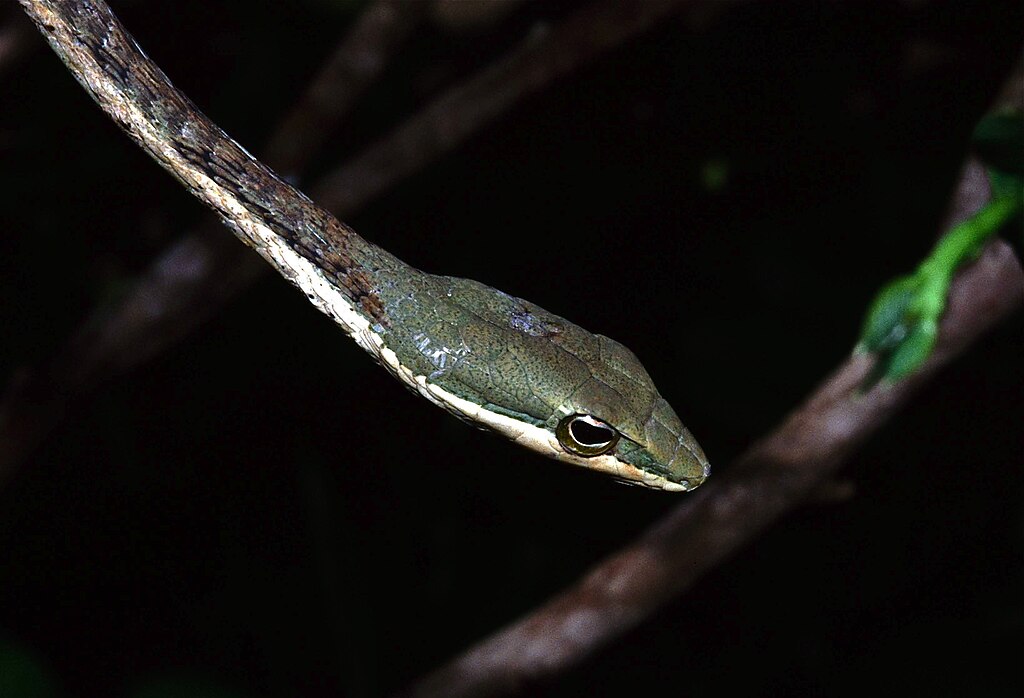
Snakes in both wild and captive environments can acquire external parasites such as mites, ticks, or microscopic organisms that cause discomfort. Rubbing against rough surfaces serves as a natural method for dislodging these unwanted hitchhikers from their scales. This grooming behavior is particularly important for wild snakes that lack access to veterinary care or artificial treatments. The intensity and frequency of rubbing can increase dramatically when parasite loads are high, making this behavior an important indicator for reptile owners to monitor their pet’s health status. In severe cases, excessive rubbing might indicate a serious parasite infestation requiring intervention.
Environmental Adaptation and Acclimation
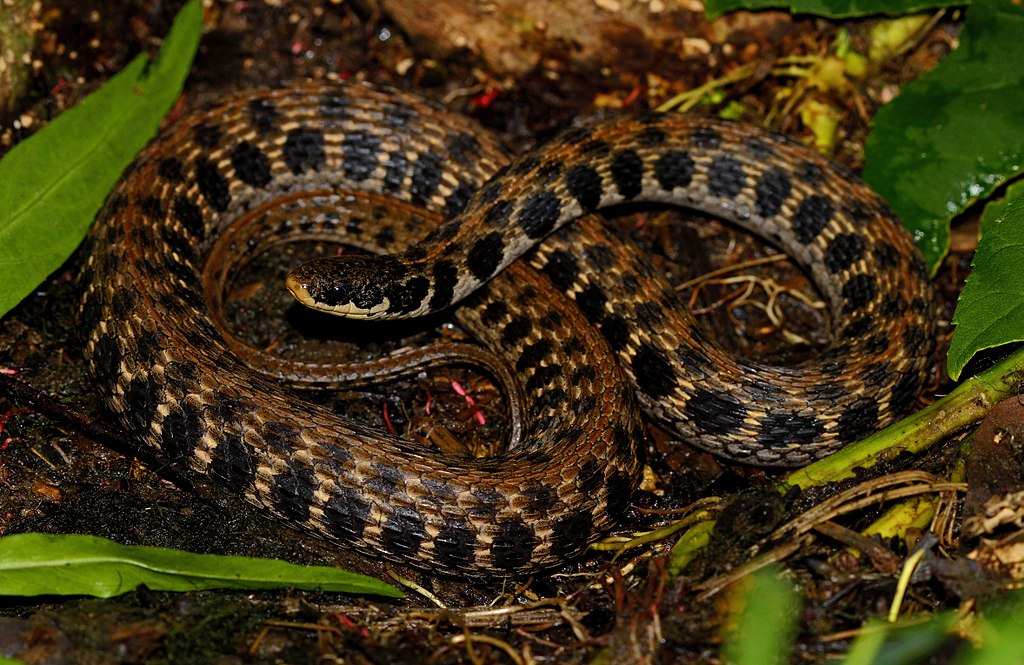
When snakes enter new environments, they often increase their rubbing behaviors as part of their acclimation process. This behavior helps them become physically familiar with the textures and surfaces in their habitat while simultaneously spreading their scent throughout the area. For newly acquired pet snakes, this increased rubbing might be misinterpreted as stress when it’s actually a normal exploratory process. The behavior typically decreases once the snake has become familiar with its surroundings and established a sense of security in the new environment.
Neurological Stimulation

Snakes, particularly those in captivity, may rub against objects for neurological stimulation in environments that lack adequate enrichment. This behavior can be compared to the way humans might fidget when bored or understimulated. Research suggests that reptiles, like mammals, benefit from appropriate environmental complexity and sensory variety. The tactile sensation provided by rubbing against different textures offers mental stimulation that contributes to overall psychological well-being. Snake owners can reduce excessive stimulation-seeking behavior by providing appropriately enriched enclosures with various textures and hiding opportunities.
Thermoregulation Assistance

Rubbing behavior sometimes serves a thermoregulatory function for snakes attempting to warm up or cool down. By increasing contact with surfaces of different temperatures, snakes can more efficiently transfer heat to or from their bodies. This behavior might be observed when a snake rubs against sun-warmed rocks or cooler underground surfaces in the wild. The increased blood flow to the skin during vigorous rubbing can also temporarily affect the snake’s local temperature regulation, particularly in smaller species. Captive snake owners might notice increased rubbing when enclosure temperatures aren’t optimal for the species they’re keeping.
Pre-Feeding Ritual Behaviors

Many snake species demonstrate increased rubbing behaviors as part of their hunting preparation rituals. This rubbing may help mask their own scent before they begin stalking prey, making them less detectable to animals with keen olfactory senses. Some species have been observed rubbing specifically before entering hunting mode, suggesting the behavior has evolved as part of their predatory strategy. Additionally, the increased sensory information gathered during pre-hunting rubbing may help snakes better locate potential prey through chemical cues left in the environment.
Stress Response Indicators

Excessive or unusual rubbing patterns can indicate stress in captive snakes facing suboptimal conditions. Factors such as incorrect temperature gradients, inappropriate humidity levels, or enclosures that are too small can trigger stress-related rubbing behaviors. This rubbing differs from normal exploratory or comfort behaviors in its persistence, intensity, and sometimes the specific pattern of movement. Experienced reptile keepers learn to distinguish between normal rubbing activities and those indicating distress, which require prompt attention to environmental conditions. When accompanied by other stress indicators like refusing food or excessive hiding, abnormal rubbing should prompt a thorough review of husbandry practices.
Social Communication Mechanisms

While snakes aren’t traditionally considered highly social animals, many species do engage in complex chemical communication with conspecifics. Rubbing behaviors help distribute pheromones that communicate important information about reproductive readiness during breeding seasons. Female snakes may increase rubbing behaviors when entering their reproductive cycle, leaving chemical trails that male snakes can follow over considerable distances. These chemical messages contain specific information about species, sex, reproductive condition, and genetic quality that helps facilitate appropriate mate selection. The sophistication of this chemical communication system rivals that of many mammal species, despite being less obvious to human observers.
Age and Species-Specific Variations
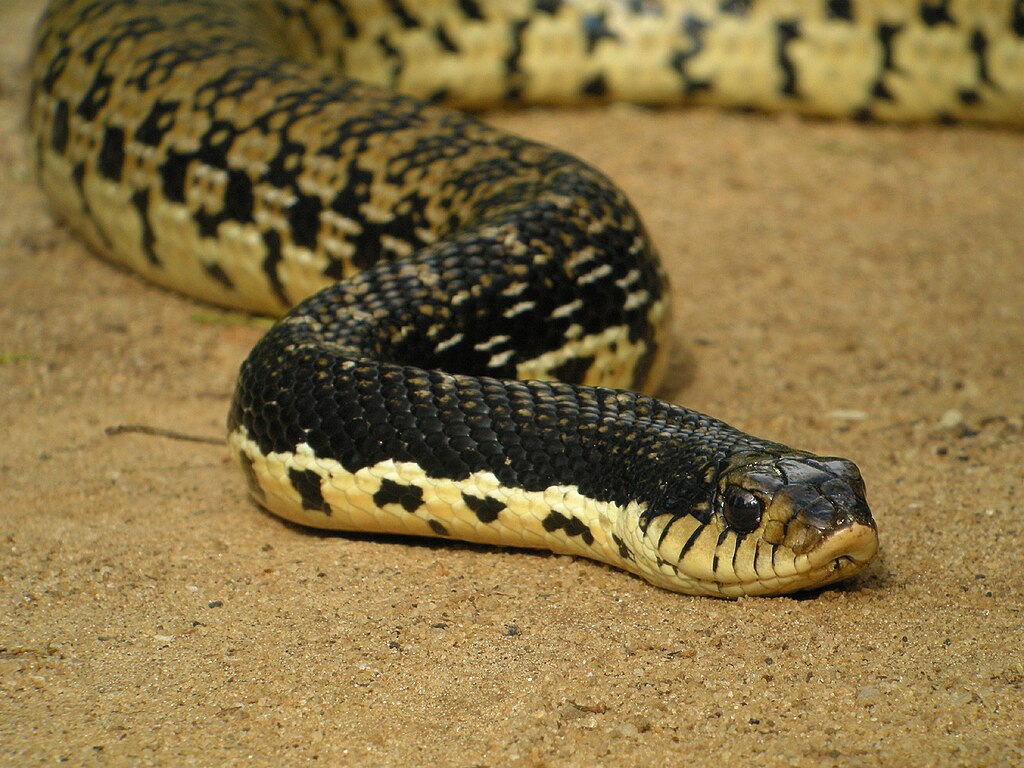
The frequency and purpose of non-shedding rubbing behaviors vary significantly between snake species and age groups. Arboreal species like green tree pythons generally exhibit less ground-contact rubbing than terrestrial species such as corn snakes or ball pythons. Juvenile snakes typically demonstrate more frequent rubbing as they explore and learn about their environments while establishing their territories. Some species, particularly those from arid environments, may rub more frequently as a method of managing skin hydration between full sheds. Understanding the normal behavioral patterns for specific species helps differentiate between healthy rubbing activities and potentially problematic behaviors that might require intervention.
Conclusion: The Complex Nature of Snake Rubbing Behaviors
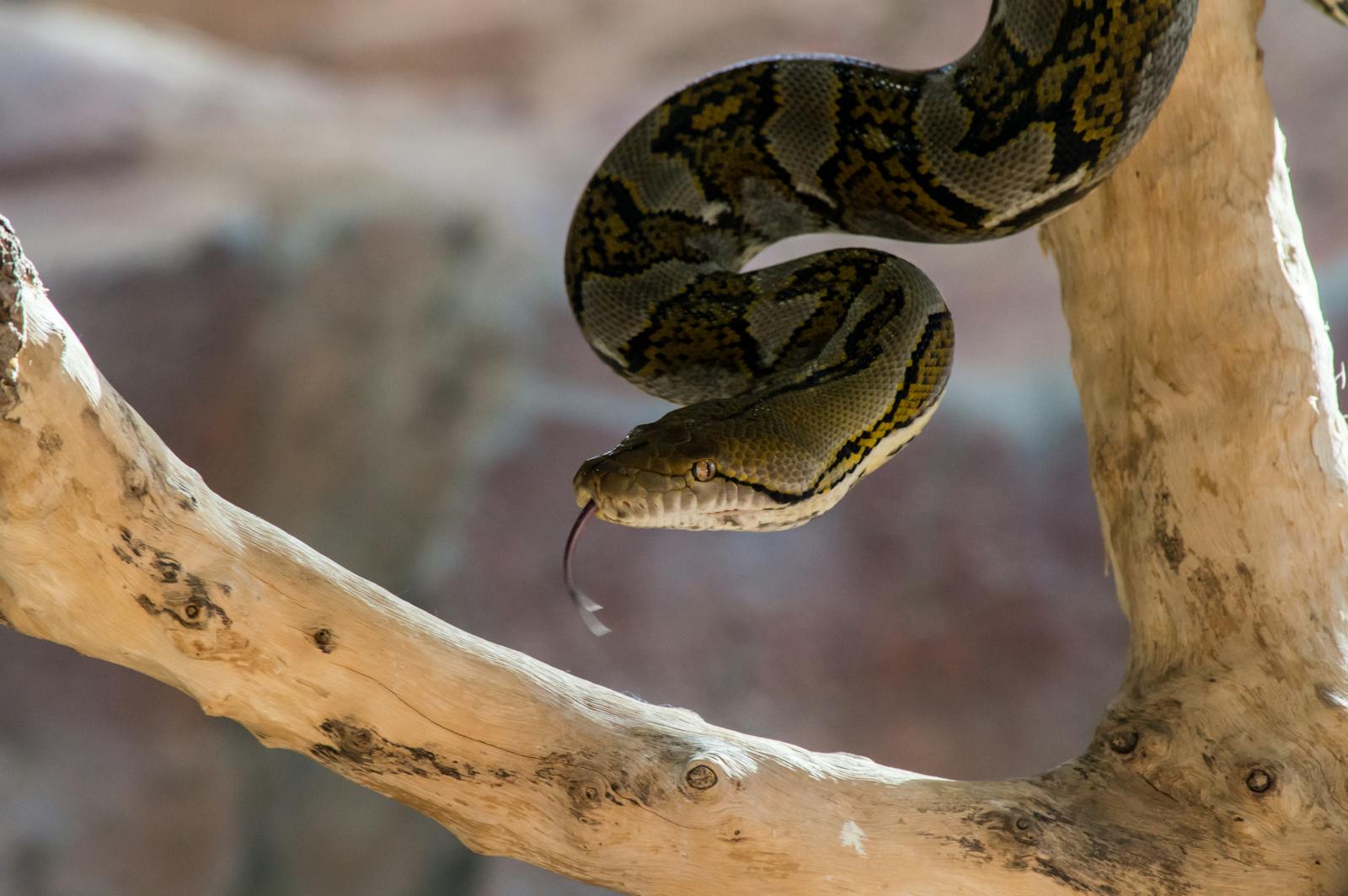
The rubbing behaviors of snakes represent far more than simple movements or basic reactions to their environment. These actions constitute sophisticated behavioral adaptations serving multiple biological, social, and physical needs simultaneously. For snake owners and wildlife enthusiasts alike, understanding these behaviors provides valuable insights into snake health, comfort, and natural history. By recognizing the various purposes behind rubbing behaviors, humans can better interpret snake behavior, provide more appropriate care for captive specimens, and develop a deeper appreciation for these remarkable reptiles’ complex lives. Far from being simple creatures, snakes demonstrate through these behaviors that they possess nuanced behavioral repertoires finely tuned to their evolutionary needs and environmental circumstances.

